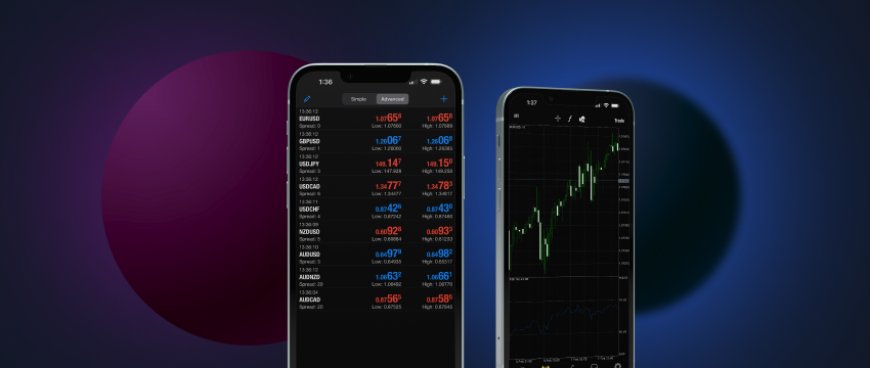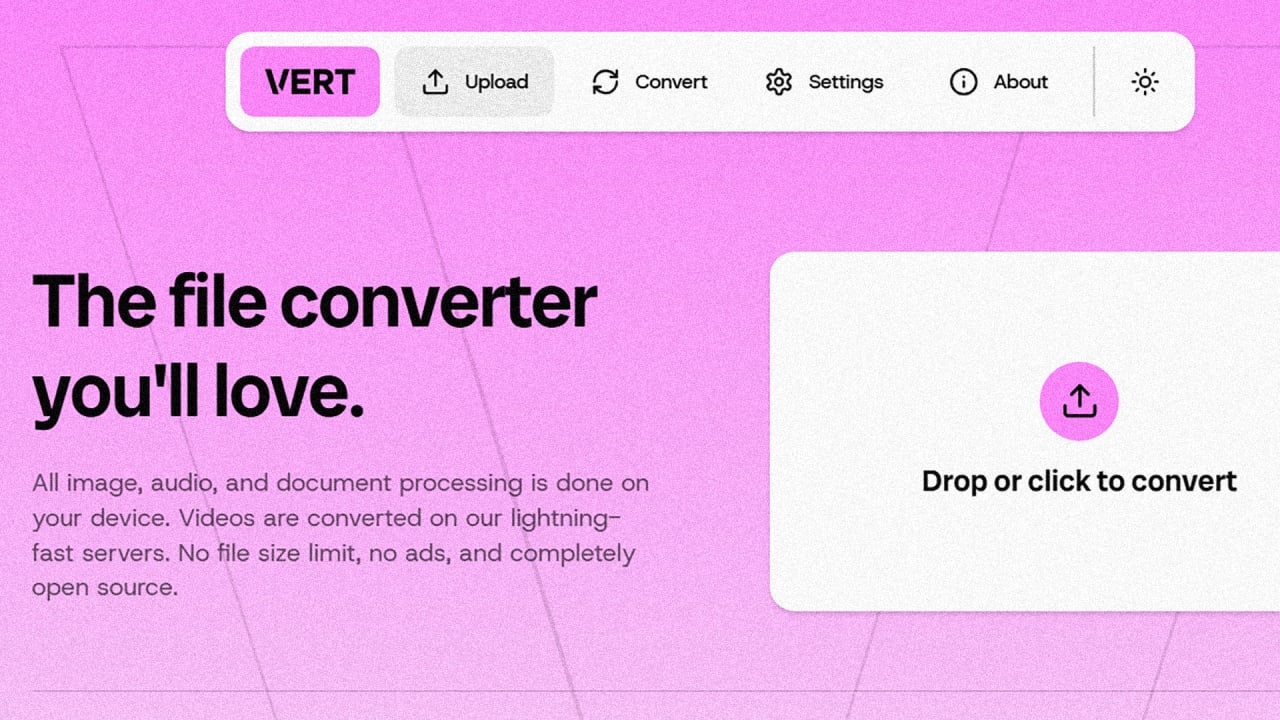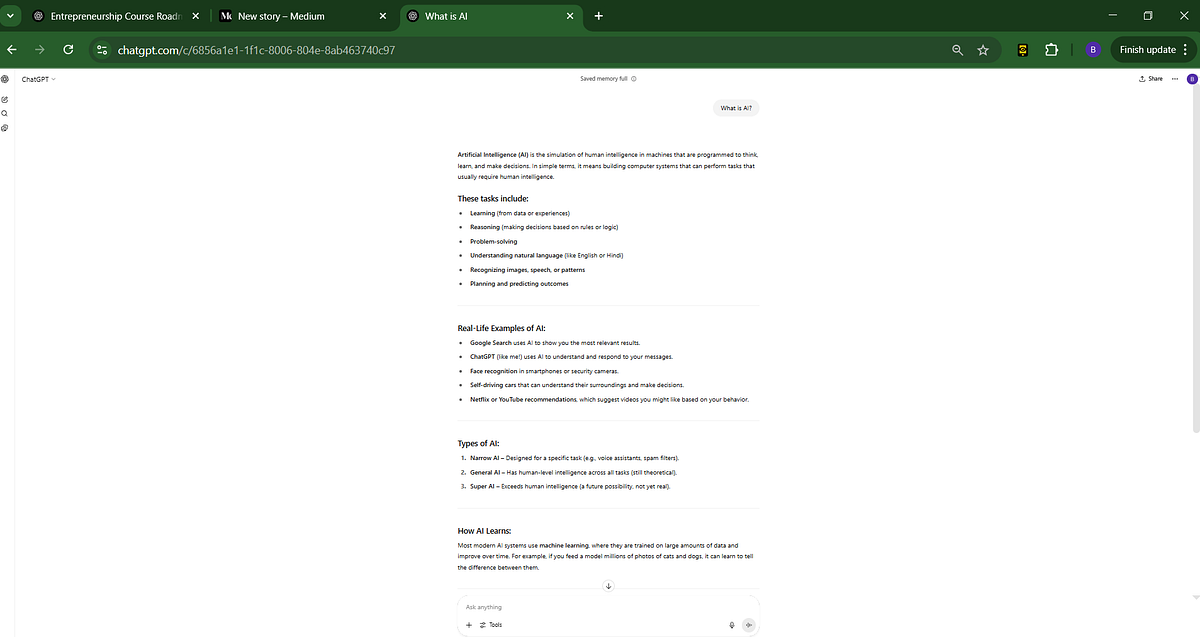The Role of Hedging Tools in MetaTrader 4 for Risk Management
MetaTrader 4

Hedging is a risk management strategy used by traders to protect their positions from adverse price movements. Rather than relying solely on stop loss levels or reducing trade size, hedging involves opening additional positions that offset potential losses in the original trade. This approach allows traders to maintain market exposure while reducing risk.
In volatile markets or during uncertain economic conditions, hedging becomes an effective method for preserving capital. Within MetaTrader 4, the platform’s structure and order handling system allow traders to use hedging techniques without limitations, depending on broker configuration.
Executing Hedging Strategies in MetaTrader 4
MetaTrader 4 supports hedging by allowing traders to open multiple positions on the same instrument, including trades in opposite directions. This means that a trader can be both long and short on a currency pair or asset at the same time. This flexibility is especially useful during periods of uncertainty when direction is unclear or when the trader expects short term volatility.
For example, if a trader holds a long position on EURUSD and expects potential downside due to an upcoming economic report, they may open a short position of the same size. This effectively neutralizes market exposure while maintaining the original position. Once the volatility subsides, one of the trades can be closed while allowing the other to continue.
Using Pending Orders for Strategic Hedging
Pending orders play a crucial role in structured hedging strategies. Traders often use stop or limit orders to hedge against breakout scenarios. By placing a buy stop above a resistance level and a sell stop below a support level, they can create an automated response to significant price movement. These hedging setups are frequently used around news releases and during session openings.
MetaTrader 4 allows traders to configure these orders easily within the order window. Adjusting trade volume, setting expiration times, and placing associated stop loss and take profit levels can all be done in advance. This proactive approach to hedging helps traders respond to market conditions efficiently without requiring real time decisions.
Managing Open Positions and Risk Exposure
Once a hedge is in place, active trade management is essential. Traders must decide whether to keep both positions open, close one leg, or adjust stop levels. Monitoring floating profit and loss becomes more complex when multiple trades are active on the same asset.
MetaTrader 4 simplifies this process by clearly displaying individual trades in the terminal. Each position is listed separately, and traders can monitor the net exposure and total account impact in real time. This clarity allows for informed decisions when managing hedged positions, including partial closes and trailing stop adjustments.
Combining Hedging with Analytical Tools
Incorporating hedging into a broader strategy often involves technical and fundamental analysis. Traders may use moving averages, volatility bands, or momentum indicators to determine when and where to hedge. Some also rely on economic calendars and geopolitical updates to anticipate events that could justify a temporary hedge.
MetaTrader 4 supports this approach by providing a wide range of charting tools, indicators, and news feeds. These resources help traders build a well informed hedging strategy and ensure that each decision is based on objective data rather than emotional reaction.
































































![https //g.co/recover for help [1-866-719-1006]](https://newsquo.com/uploads/images/202506/image_430x256_684949454da3e.jpg)

























![How Smart PMs Scale Their Careers in Any Org [TPG Live Recap]](https://tpgblog.com/wp-content/uploads/2025/06/2025-06-12-thumbnail-action.png?#)



















































